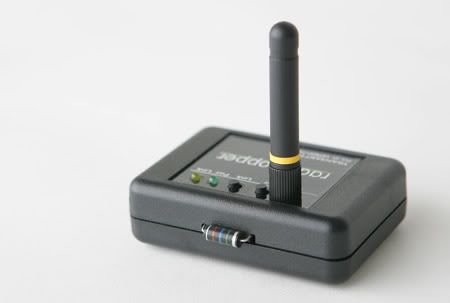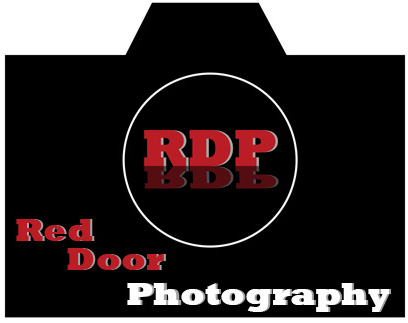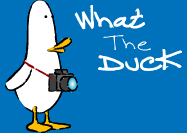
Wow, what a busy few days. Between the inches of snow and working on a business plan for this upcoming year, I have been burning it at both ends. I hope everyone made it through the snow storm ok, luckily I have 4wheel drive so I didn't get stuck anywhere. On to some more CLS. So we ended the last segment with enabling the wireless on your flash units. Today we're going to talk about what to do with them now that you have them wireless.
The first thing that we should note about the CLS wireless capabilities are the limitations. The limitations for the units are theses. The units have to be within line of sight of each other. This means that the small IR (infrared) eye on the side of the "remote" flash has to be pointed at the camera. Sometimes you can get away with them being pointed not directly at the camera but that's only when you are in a tight enough space that the remote flash can pick up light that is being bounced off of the ceiling/walls. If however you are using the SU-800 wireless controller, there isn't any preflash to bounce off of the walls, or ceilings so you HAVE to be within line of sight. (Shad and I found this out last weekend the hard way)
So now you have your flash off camera, what are you going to do with it? Well there are a lot of things that you can do with it. Lots of different lighting scenarios that are now an option because your light source is movable. Now instead of your light source being trapped on top of your camera, you are free to move it anywhere within line of sight that you want, and you can attach any kind of light modifier that you want. My favorite modifier is a simple light stand and shoot through umbrella. The reason I prefer a shoot through umbrella when working with hot shoe strobes is because of power. Hot shoe mounted flash units don't have a lot of power so you have to make use of every little bit that they have. The shoot through umbrellas work at closer distances, and in my opinion they have less harsh light output. When you use an umbrella, or softbox, or shoot through panel, you are taking your light source from a small concentrated point and making it a much larger, softer diffused light. Also with the addition of two flash units and two light stands, you can light a large group of people, something that is not possible with an on camera flash. The really great thing is that the flashes auto adjust in TTL. This means that you don't have to go to each flash when you add a new unit, they automatically adjust output to compensate. This is a huge time saver, and it also keeps you from having to buy a flash meter to get the exposure just right. But what about when you want to place a flash out of the line of sight, then what do you do? Read on...
Here's the scenario. You have a Model setup and posed. You have two flash units on stands with umbrella's. One high on the camera right and one lower on camera left. You take your shot, and it looks ok, but you don't have much separation of the background. It's hard to tell where the models dark brown hair stops and the background begins. You need a background light. So, you want to place a speedlight on a small stand behind your model facing the background. But wait How are you going to do this? There isn't a strait line of sight, and yes you may be able to pick up some of the bouncing flash to trigger it, but for this example lets assume that you can't. What do we do now? We hook up a set of these:

This is a Radio Popper . These little beauties are gods gift to CLS users. What it does is, it mounts on top of your master flash unit attached to your camera(or the SU-800) and reads the flash trigger signal from the master unit. It then transmits that signal via RF(remote frequency) to the receiver units attached to your remote flashes. This allows you to place your flash unit outside of the line of sight and still fire it wirelessly, while still keeping the total control of your system on your camera. You can shoot through walls, This is an amazing add on to the Nikon CLS system, and to be honest, I don't know why they didn't have the units communicate through RF to begin with. There would then be no need for this aftermarket unit. I don't work for Nikon but if there is anyone reading this that does, please lets have some RF on the next version of CLS...
That's if for me today. I have a shoot tonight where we're going to be using between 6 and 8 speed lights all working in CLS so I'll take some setup shots to show you. Jason






No comments:
Post a Comment